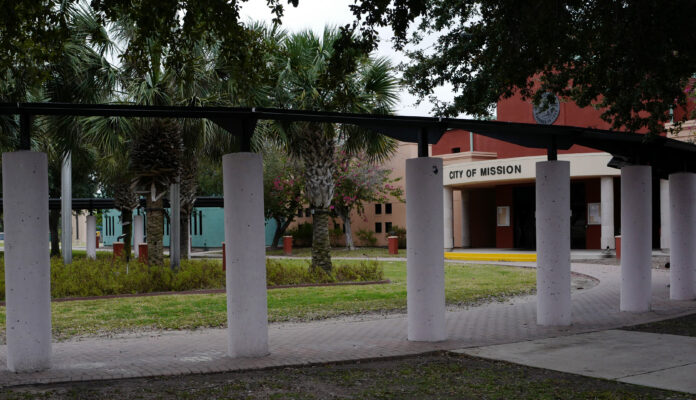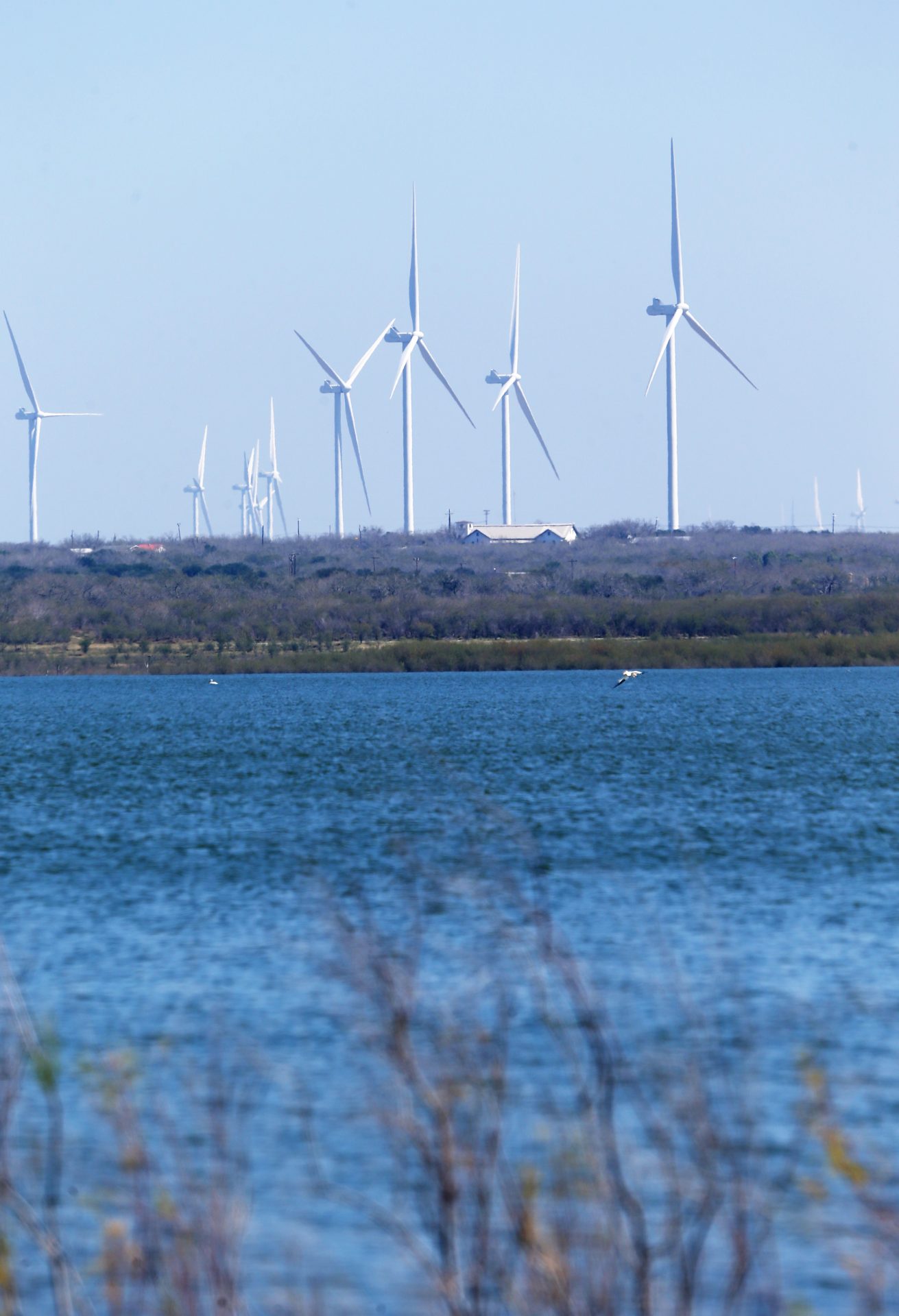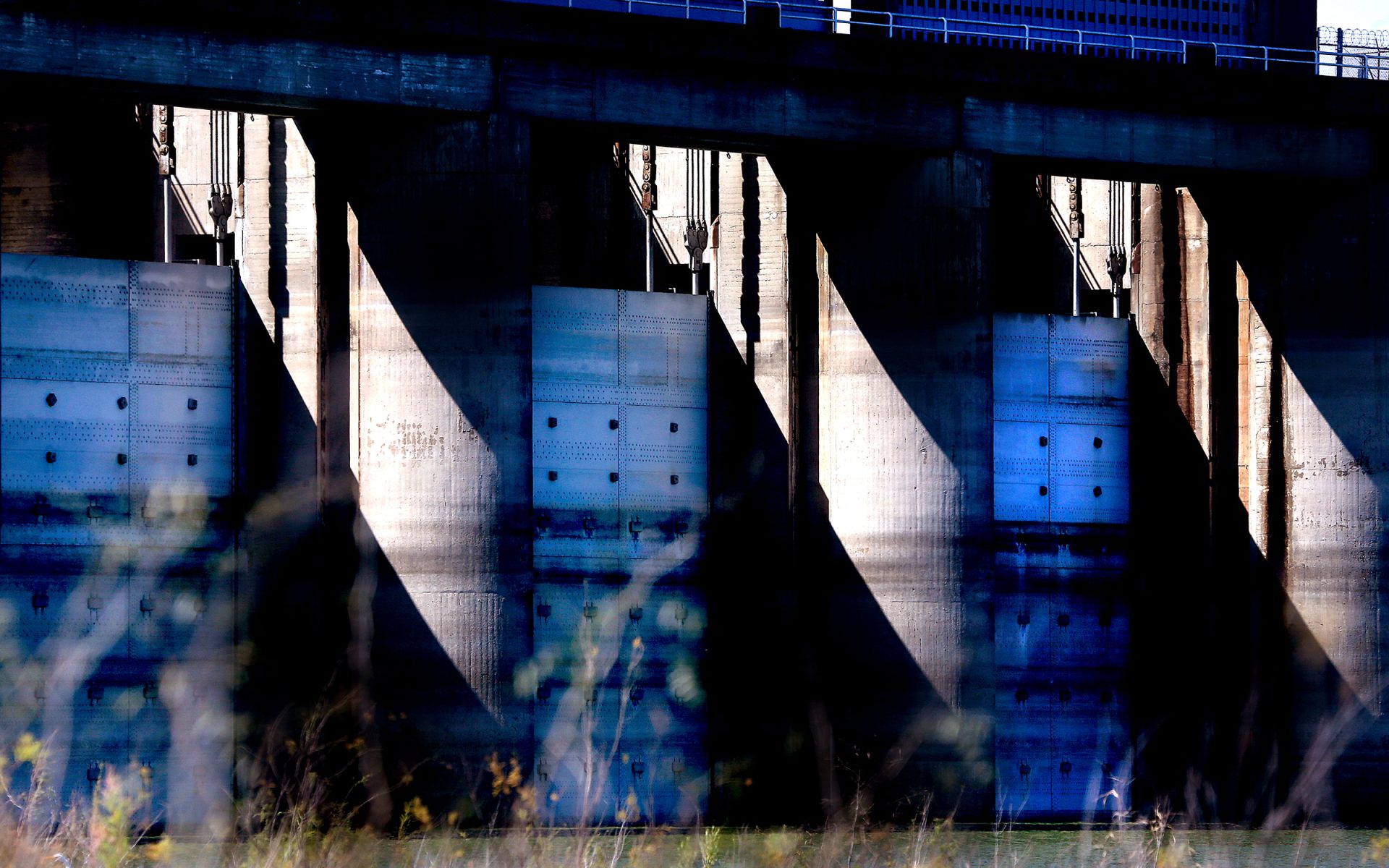
|
Only have a minute? Listen instead
Getting your Trinity Audio player ready...
|
MISSION — Officials here are considering putting a halt to new land developments as water levels continue to plummet at the two international reservoirs that supply the bulk of the Rio Grande Valley’s water.
If approved, the moratorium would temporarily stop new residential and commercial developments larger than 5 acres from moving forward within Mission city limits.
The proposal comes as a direct result of continued water scarcity concerns, especially as Mission and the Valley as a whole continue to grow, city leaders said.
“I want to be proactive about the situation,” Mission Mayor Norie Gonzalez Garza said after a specially called meeting Monday evening.
“We don’t have a mechanism right now to secure additional water rights to service these new subdivisions that are coming in in the future, so that’s the purpose for the moratorium,” she said.
Currently, the city of Mission does not require developers to ensure that their projects will be adequately supplied with water by bringing new water rights to the table. That means that any new construction has to be supplied by the city’s existing supply of water.
In other cities, proving that a developer can supply its own water is a prerequisite to construction.
For example, in Edinburg, developers must first prove that they have a source of ground or surface water capable of supplying the development for a minimum of 30 years before a single shovel goes into the ground.
Surface water includes water that comes from rivers or streams.
“(T)he subdivider shall provide evidence that sufficient water rights have been obtained and dedicated, either through acquisition or wholesale water supply agreement, that will provide a sufficient supply to serve the needs of the subdivision for a term of not less than 30 years,” reads Sec. 53.14 of Edinburg’s Code of Ordinances.
As Mission grows, however, officials are concerned that the city’s current supply won’t be enough to meet future demand, especially as the region’s reservoirs continue to dwindle.

On Monday, the city council met to consider placing a 60-day moratorium on developments that are 5 acres or larger. But before the council could put the matter to a vote, the mayor asked to hold a closed-door consultation with the city’s attorneys.
When the council emerged, they decided to take no action — at least until they can give the public an opportunity to weigh in.
“It’s a process. So, there’s gotta be public hearings for the moratorium,” Gonzalez Garza said, adding that the topic will be placed on the agenda for the next Planning and Zoning Commission meeting.
“We’re hoping to have that item in a public hearing setting then, and then on the 8th (of April), it’ll be a public hearing at our … city council meeting,” she added. “We’ll take action then.”
Like most cities in the Valley, Mission has already activated its drought contingency plan.
The plan consists of multiple stages that can be triggered by several variables, including progressively decreased reservoir levels and rising municipal water use.
Each stage outlines progressively restricted water use.
Mission’s plan consists of six distinct stages that range from voluntary water conservation at Stage 1, to water rationing and higher water bills at Stage 6.
It’s not until Stage 4, which is described as “Critical water shortage conditions,” that requires the curtailment of new developments.
“No application for new, additional, expanded, or increased-in-size water service connections, meters, service lines, pipeline extensions, mains, or water service facilities of any kind shall be approved, and time limits for approval of such applications are hereby suspended for such time as this drought response stage or a higher-numbered stage shall be in effect,” Stage 4 of Mission’s drought contingency plan reads, in part.

However, Mission is currently at Stage 2 restrictions, which calls for voluntary conservation aimed at reducing the city’s overall water consumption by 20%.
But, “that’s not happening,” according to Mission Assistant City Manager David Flores.
And that’s part of the reason why city officials are looking at implementing a development moratorium now, during Stage 2.
“We have to start now,” Mayor Gonzalez Garza said.
“We probably should have done it a while back, but hindsight’s 20/20,” she added.
Should Mission approve the moratorium, it would become the first municipality in the region to place limits on development due to water scarcity, though it wouldn’t be the first water utility to do so.
Last June, the Agua Special Utility District announced it was entering State 3 of its own drought contingency plan. As such, it prohibited applications for new or expanded water meter connections.
Agua SUD supplies water to several communities west of Mission, including Palmview, Peñitas and Sullivan City.




